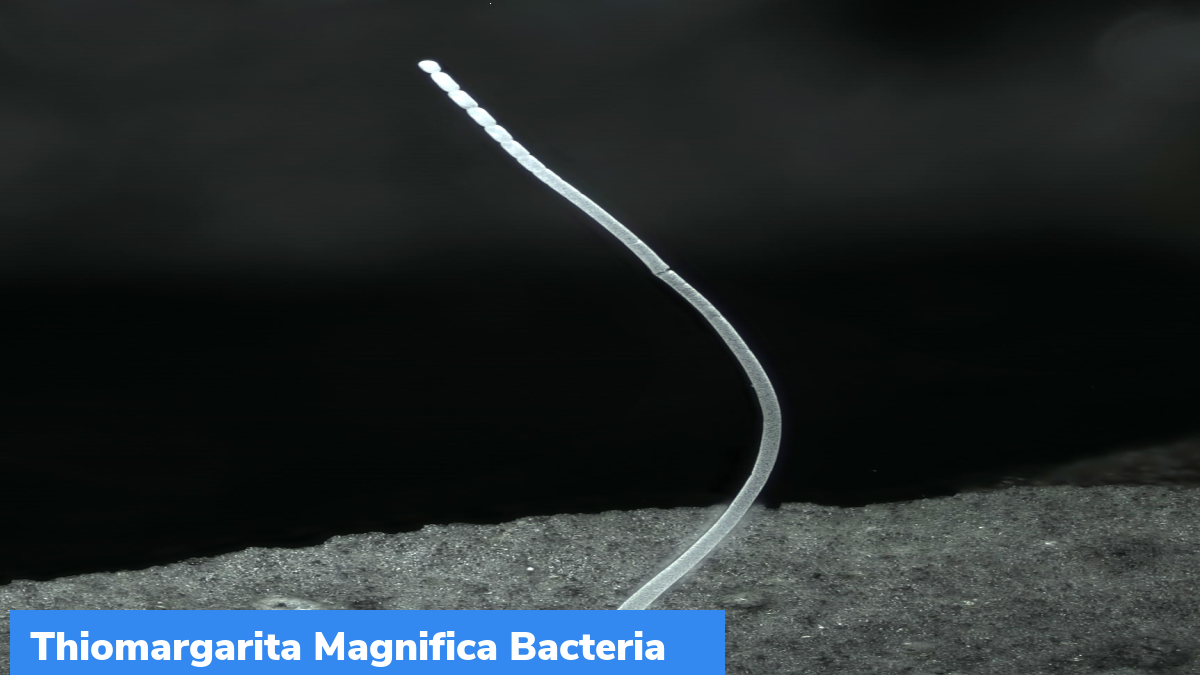Thiomargarita magnifica Bacteria
Scientists have discovered a giant white bacterium named “Thiomargarita magnifica Bacteria” on rotting leaves in saline waters of red mangrove swamp in Guadeloupe in Lesser Antilles.
How is this bacterium different?
- The average bacterium is usually between ~0.4 and 3 μm3 in volume. Thus, it is only visible with powerful compound microscope, that use multiple objective lenses.
- These lenses can be switched between for increasing the magnification levels. Until the latest discovery, bacteria were considered microbial or microscopic organisms.
- Discovery of Thiomargarita Magnifica, defies all the stereotypical definitions by being visible to the naked eye.
Features of Thiomargarita Magnifica
- It is 1 cm in length. This discovery will help in solving the puzzle of which factors determine size of a cell.
- Previously discovered giant bacteria are made of hundreds of thousands of cells. But Thiomargarita Magnifica is composed of single bacterial cell. It is roughly equal to the size of a human eyelash.
- It is the largest bacteria, discovered so far.
- It is around 5,000 times larger than most bacteria.
- It has been named Thiomargarita Magnifica, because of its size and the presence of pearl-like beads of sulphur inside the cell.
Previous Biggest Bacterium
World’s previous biggest bacterium is Thiomargarita namibiensis. It was found in the sediments below waters of Skeleton Coast in Namibia. It had the diameter 100 times bigger than average bacterium. This bacterium was called to be big because 98 per cent of its volume was used as storage space of nitrate under its thin layer of cytoplasm.
Month: Current Affairs - June, 2022
Category: Science & Technology Current Affairs


